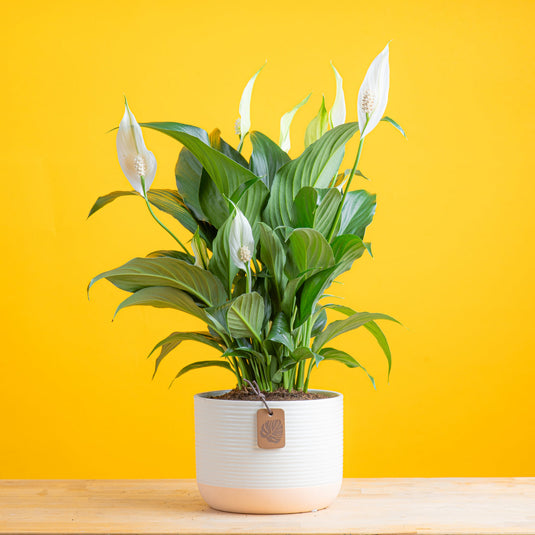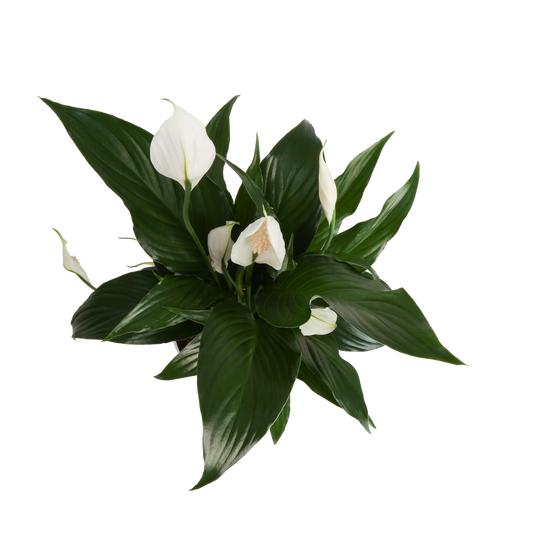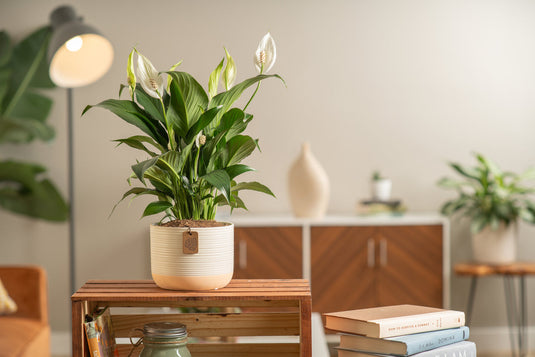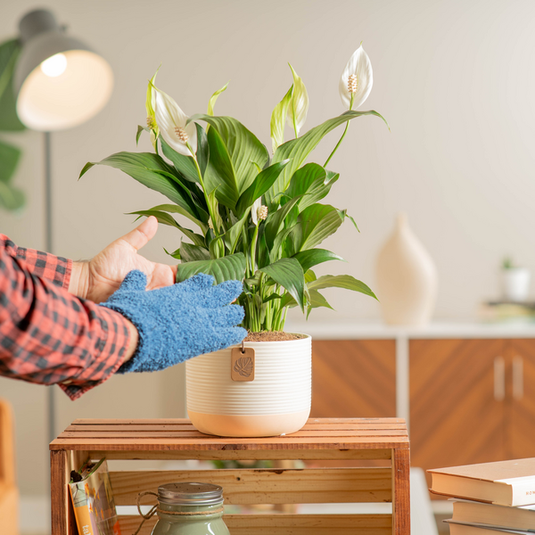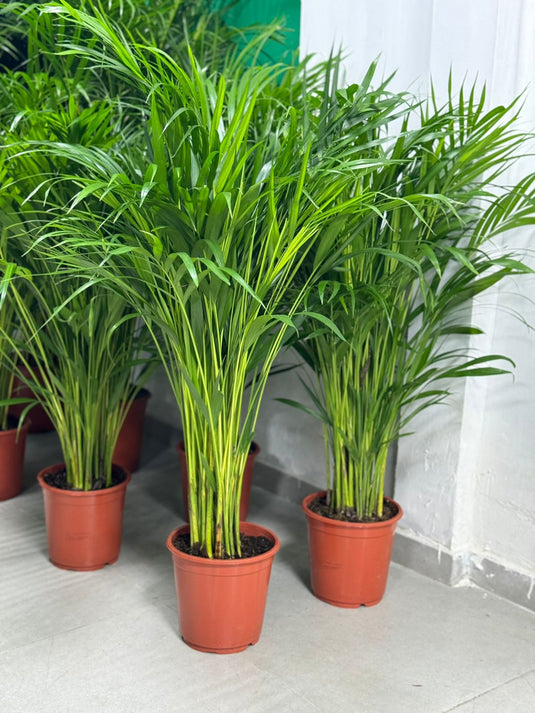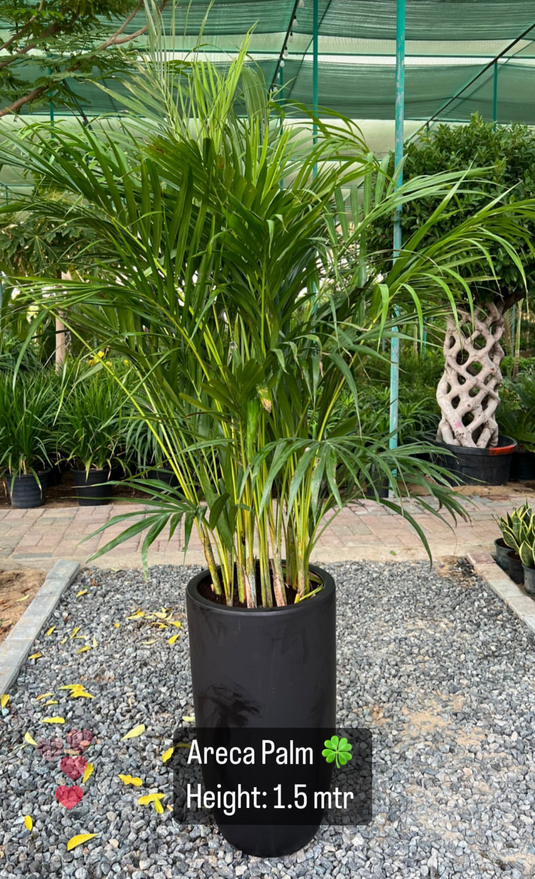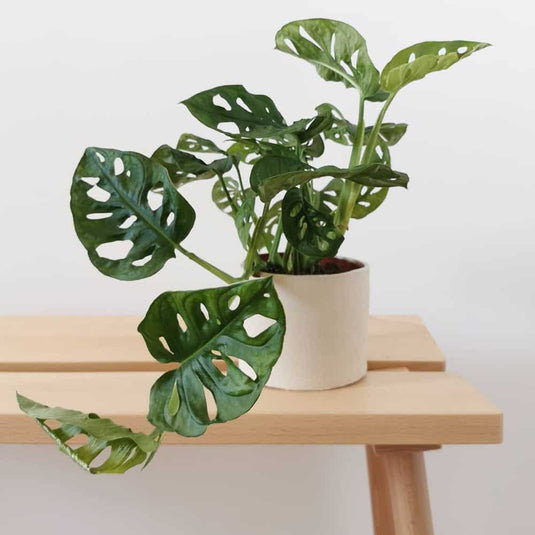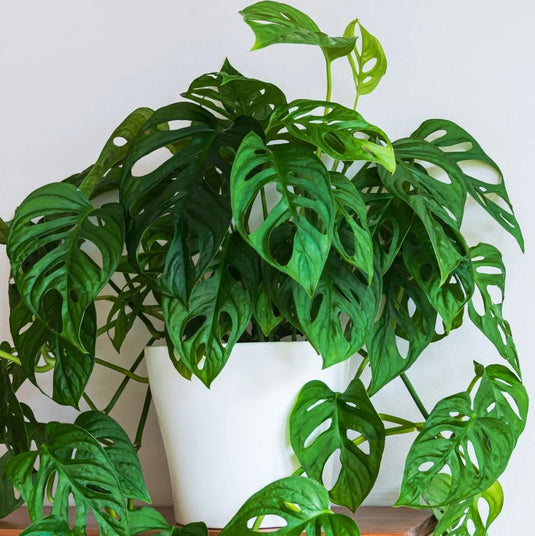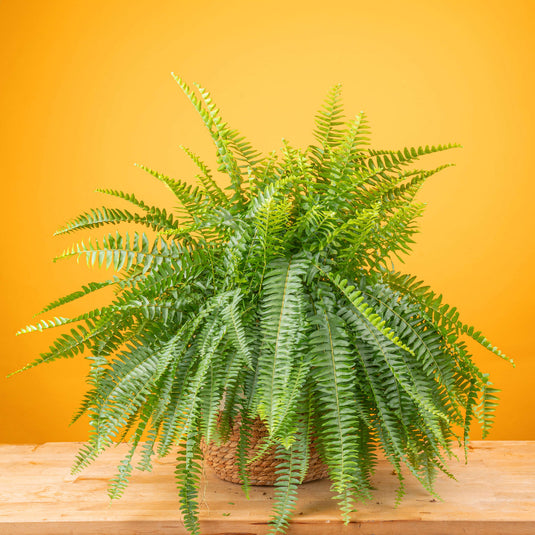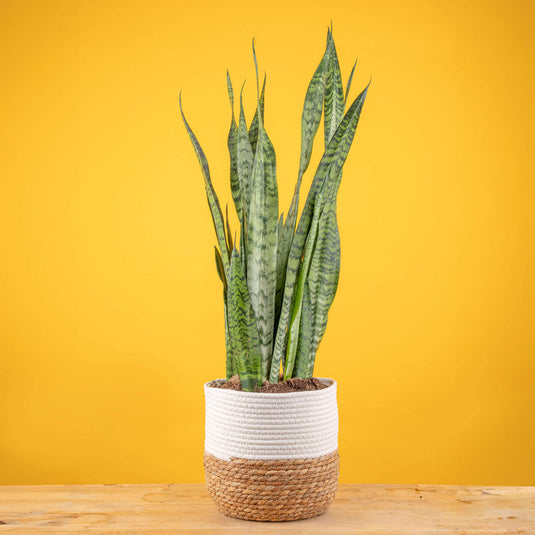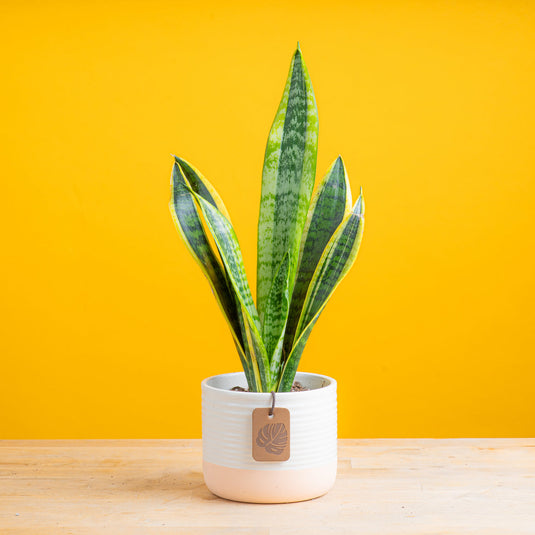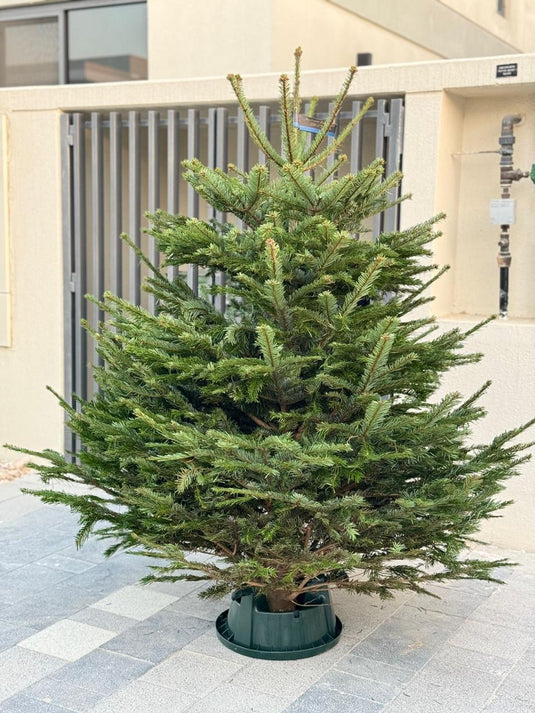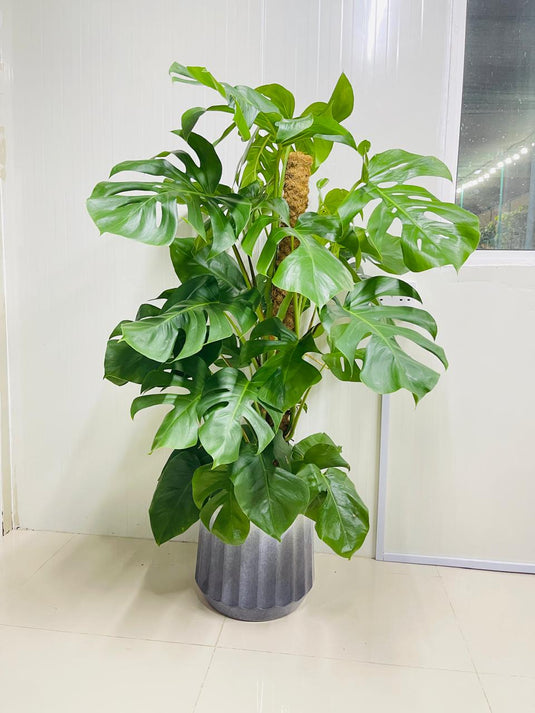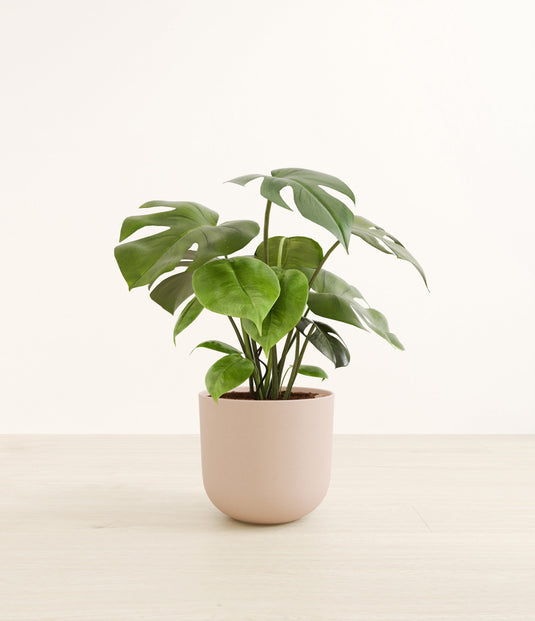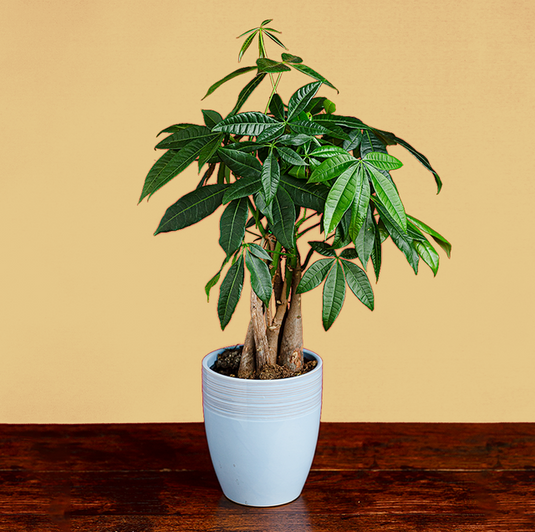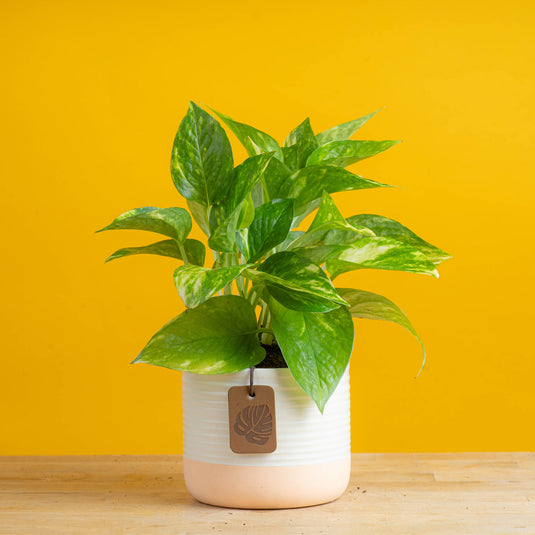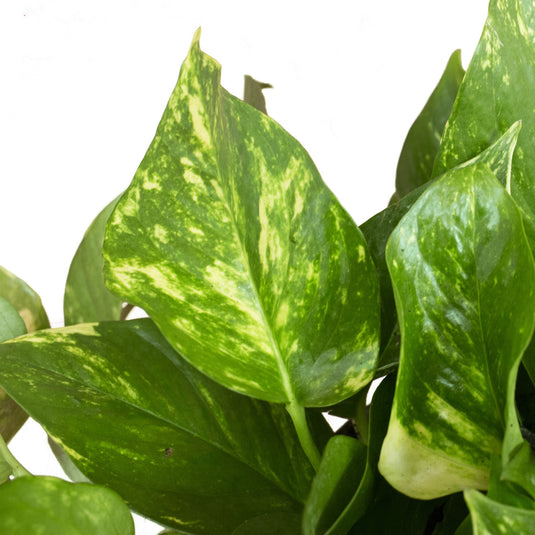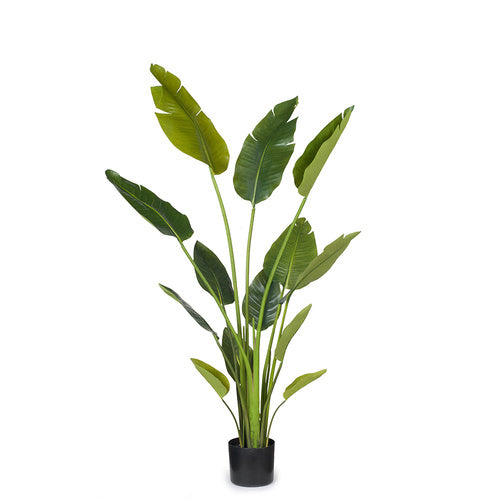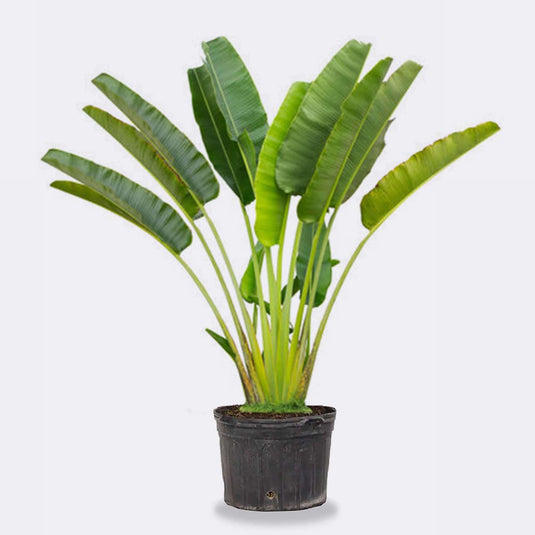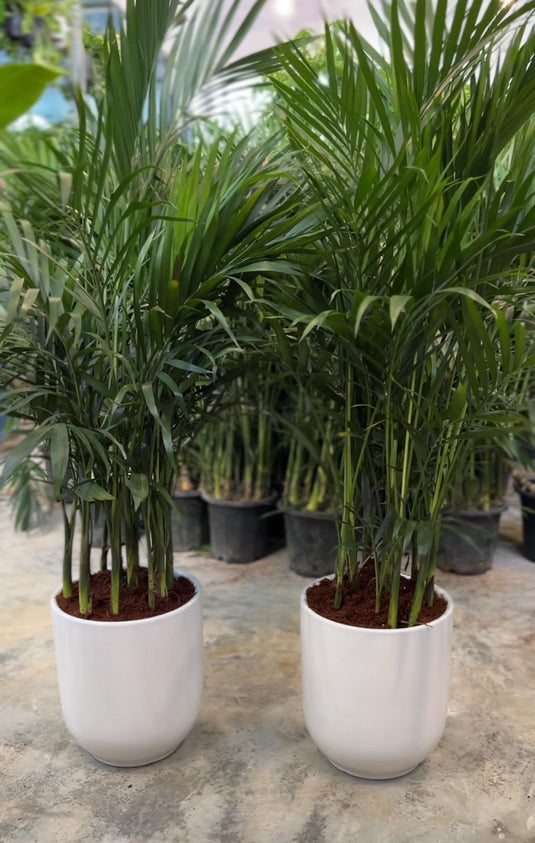Peace Lily
- Healthy Arrival Guarantee
- Free Plant Care Consultation
- Safe & Secure Payment
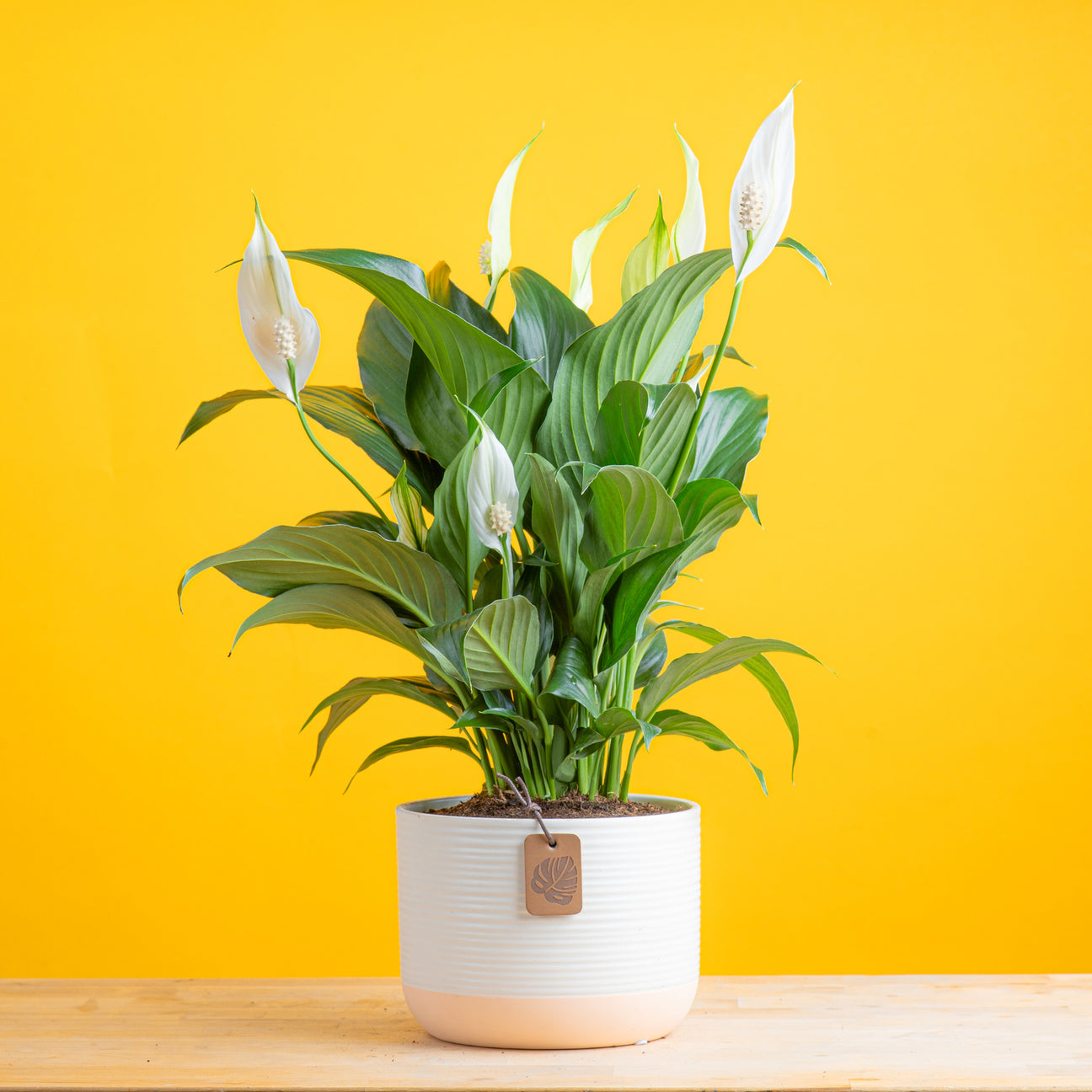
We will send you a notification as soon as this product is available again.
-
Estimated delivery: Dec 07 - Dec 11
-
Free return within 7 days of purchase.
Plant Description
The Peace Lily (Spathiphyllum spp.) is a perennial flowering plant known for its glossy green leaves and elegant white flowers, commonly grown as a houseplant for its beauty and air-purifying properties. The global market for indoor plants, including the Peace Lily, is expected to reach approximately USD 26 billion by 2030.
Discover 5 Incredible Benefits of Peace Lily for Your Space
1. Air Purification:
Research from NASA’s Clean Air Study demonstrates that the Peace Lily effectively removes common indoor air pollutants, such as formaldehyde, ammonia, and benzene, improving indoor air quality.
2. Humidity Control:
The Peace Lily contributes to indoor humidity through transpiration, which can help alleviate dry air conditions and promote comfort in living spaces.
3. Low Light Tolerance:
Studies show that the Peace Lily can thrive in low-light conditions, making it an excellent choice for spaces with limited natural light, such as offices or shaded areas.
4. Easy Maintenance:
The Peace Lily is known for its low maintenance requirements, requiring only occasional watering and minimal care, making it suitable for both novice and experienced plant owners.
5. Stress Reduction:
Research indicates that having indoor plants like the Peace Lily can reduce stress and enhance mood, contributing to overall mental well-being.
Disadvantages
- The Peace Lily flourishes in low to moderate light, promoting thoughtful placement to ensure optimal growth.
- Regular watering is necessary, which encourages consistent care and engagement with the plant.
- While the Peace Lily is beautiful, it is mildly toxic to pets, highlighting the importance of placement in households with animals.
- The flowers of the Peace Lily bloom seasonally, allowing for anticipation of blooming cycles and fostering appreciation of plant care.
Frequently Asked Questions
1. Does the Peace Lily improve indoor air quality?
Yes, studies confirm that the Peace Lily can effectively remove indoor air pollutants.
2. Can the Peace Lily thrive in low light?
Yes, the Peace Lily is well-suited for low-light conditions, making it an adaptable indoor plant.
3. Is the Peace Lily easy to maintain?
Yes, it is considered low maintenance and suitable for both novice and experienced plant owners.
4. Can the Peace Lily help reduce stress?
Yes, being around plants like the Peace Lily has been linked to reduced stress and improved mood.
Final Verdict: Should I Buy the Peace Lily?
Yes, because of its ability to thrive in low light and positive effects on mental well-being make it a valuable addition to any indoor space.
Plant Care
Watering
Water your plant once a week or when the soil starts to feel slightly dry on the surface. Keep the soil consistently moist, but be careful not to overwater, as this can cause brown spots and leaf drop. If the leaves become curly or dry, it's a sign that the plant needs water. It's best to water your plant in the early morning or late evening when the temperatures are cooler. Always check the soil before watering.
Light
Provide bright indoor light or indirect sunlight for about 6 to 8 hours a day.
Temperature
Maintain temperatures between 18°C and 24°C. Avoid exposing the plant to drafts, as these can cause undesirable temperature fluctuations. Mist the plant occasionally, about twice a week, to help maintain optimal humidity levels.
Fertilizer
Apply liquid fertiliser every 15 days when the plant is actively growing. For best results, use Folikraft ready-to-use Indoor Plant Food.



